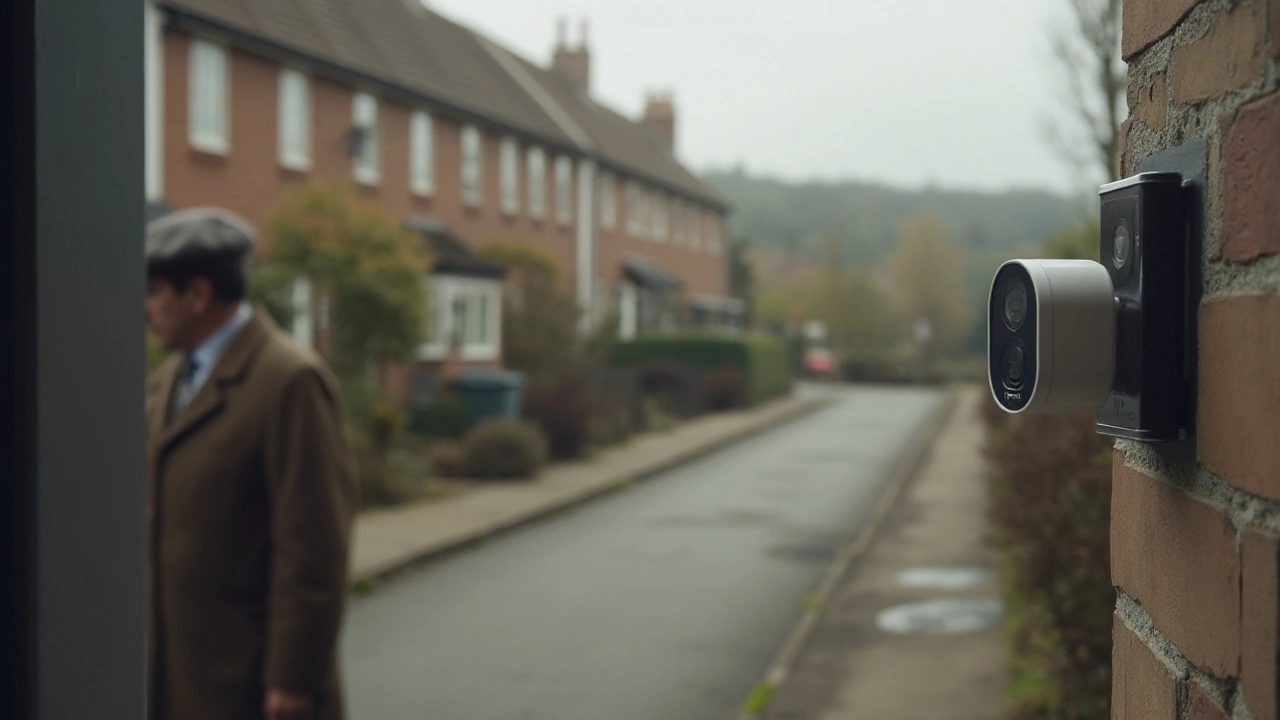If you’ve just installed a Ring doorbell or are thinking about it, the first question on most people’s mind is: how do I actually monitor it without overpaying? In the UK, Ring works a bit differently than in the US, and you don’t always need a monthly subscription to get real‑time alerts. Let’s break down the basics so you can start watching your front door live, store important footage, and keep thieves out.
The short answer: no. Ring will push live notifications to your phone whenever motion is detected, even if you’re on the free plan. You’ll see a snapshot of the event and can open a live view for a few seconds. What you do lose is cloud video storage – the free plan only saves video for 60 days before it gets deleted, and you can’t review older clips.
If you want to save videos for longer, Ring offers two paid options: Ring Protect Basic (one device, 60‑day storage) and Ring Protect Plus (multiple devices, 60‑day storage plus extended warranties). Many homeowners find the basic plan enough for occasional incidents, but if you run a small business or have multiple Ring devices, the Plus plan is worth the extra cost.
There are a few work‑arounds if you want to keep footage for free. First, set up motion alerts to record to a local SD card. Some Ring models let you add a micro‑SD card that saves clips locally, bypassing the cloud entirely. Second, use third‑party services like IFTTT to automatically download videos to Google Drive or Dropbox as soon as they’re recorded. This method requires a bit of tech savvy but saves you from monthly fees.
Don’t forget to check the video retention policy: without a subscription, Ring deletes videos after 60 days, even if you’ve downloaded them elsewhere. Keep a habit of saving important clips right after you receive an alert to avoid losing evidence.
Now, let’s talk about installation. In the UK, most Ring doorbells are battery‑powered, which means you can mount them yourself without an electrician. However, if you prefer a wired setup for continuous power, you’ll need to run a low‑voltage cable to a nearby transformer. This is where hiring a qualified electrician becomes a smart move – they’ll ensure the wiring meets UK regulations and won’t void your home insurance.
When you install the device, place it about 48‑inches high and angle it slightly downwards for the best field of view. Avoid pointing it directly at streetlights or reflectors, as glare can wash out the video. A small LED floodlight or infrared illuminator nearby can improve night‑time clarity without breaking the bank.
Security‑wise, Ring doorbells have some known vulnerabilities. Hackers have tried to disable the video feed or flood the network with false alerts. Protect yourself by changing the default password, enabling two‑factor authentication, and keeping the firmware up to date. If you notice any suspicious activity, you can also enable “Device Health” alerts in the app – they’ll let you know if the camera stops recording or loses Wi‑Fi.
Lastly, consider integrating Ring with a broader home‑security system. Total Security Solutions offers professional monitoring that works with Ring’s live feed, giving you 24/7 eyes on your property even when you’re offline. Their UK‑based team can set up a dedicated monitoring station, so alerts go straight to a trained operator who can call the police if needed.
Bottom line: you can monitor a Ring doorbell in the UK without a subscription, but you’ll need a plan for video storage and a few security basics to stay safe. Whether you DIY the install or call an electrician, make sure you follow UK wiring rules and secure your account. With the right setup, you’ll have real‑time alerts, reliable footage, and peace of mind – all without breaking the bank.

Ring doorbells have become a staple of modern home security in the UK, but with their increasing use comes a concern for privacy. This article explores whether someone might be observing you through your Ring doorbell without your knowledge. It also provides tips on how to secure your device effectively. Understanding the mechanics and features of this technology can help ensure your peace of mind. Are you really safe from prying eyes?